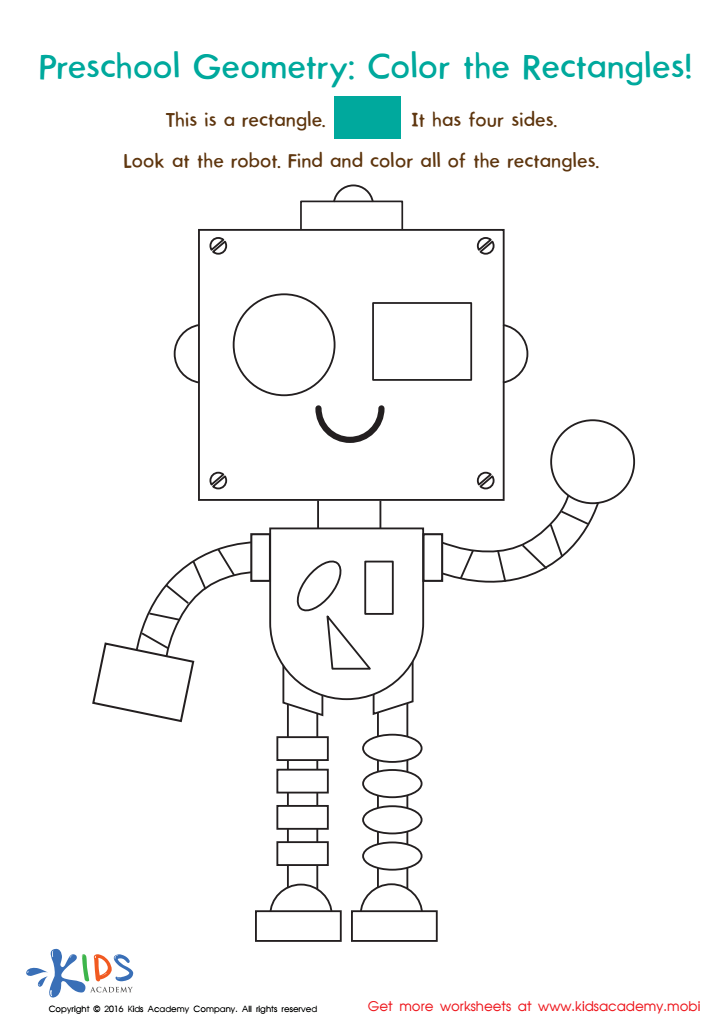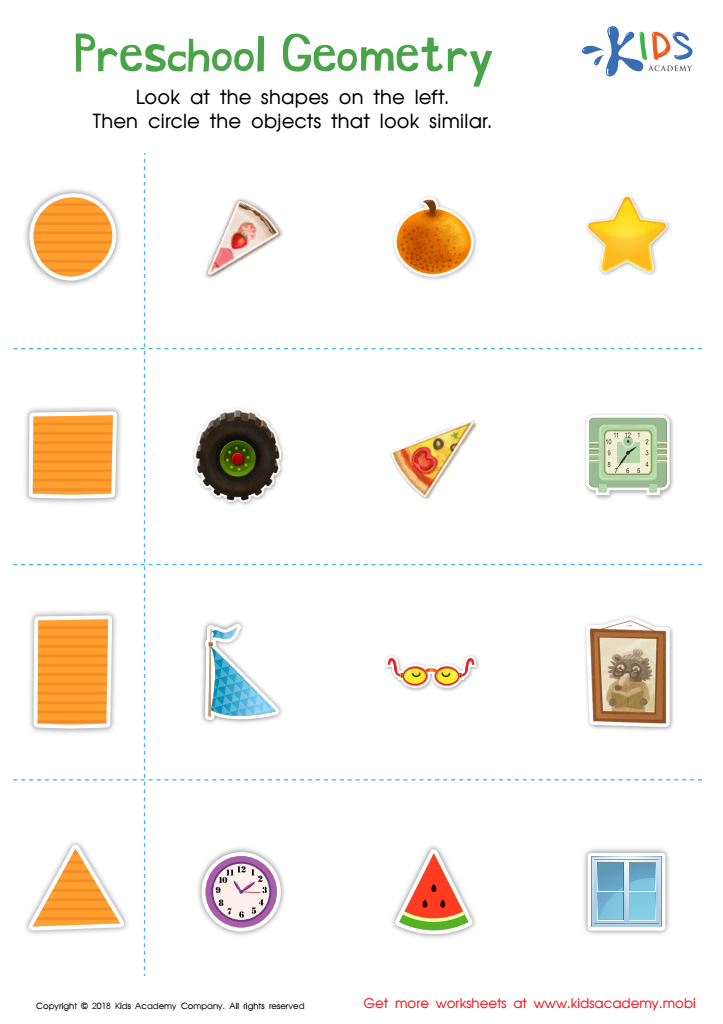-
English
-
English Pre-K
-
Unit 1: Early Literacy Skills
-
ABCs
- Pre-writing Activities
- Letter A
- Letter B
- Letter C
- Letter D
- Letter E
- Letter F
- Letter G
- Letter H
- Letter I
- Letter J
- Letter K
- Letter L
- Letter M
- Letter N
- Letter O
- Letter P
- Letter Q
- Letter R
- Letter S
- Letter T
- Letter U
- Letter V
- Letter W
- Letter X
- Letter Y
- Letter Z
-
Phonological Awareness
- Rhyming Words
- Letter Sounds B, C, D, and F
- Letter Sounds G, H, J, and K
- Letter Sounds L, M, N, and P
- Letter Sounds Q, R, S, and T
- Letter Sounds V, W, X, Y, and Z
- Letter Sounds A, E, and I
- Letter Sounds O and U
- Beginning Sounds
- Matching Letters to Sounds
-
ABCs
-
Unit 2: Vocabulary
-
Common Words
- Sorting Words into Categories
- Color Words
- Verbs and Adjectives
-
Sight Words
- Sight Words 'I' and 'Can'
- Sight Words 'You' and 'Like'
-
Common Words
-
Unit 3: Print Awareness
-
Parts of a Book
- Working with a Book
- Spaces Between Words
- Text and Illustrations
-
Picture Books and Poems
- Picture Book Text Features
- Poem Text Features
- Signs and Labels in the Community
-
Parts of a Book
-
Unit 4: Reading Literature
- Questions About Stories
- Discussing Stories
-
Unit 5: Reading Informational Texts
- Retelling Details in a Text
- Questions About a Text
- Connections Between Events
- Text Features
- Describing Illustrations
-
Unit 1: Early Literacy Skills
-
English Pre-K
-
Math
-
Math for Pre-Kindergarten
-
Logic and Geometry
-
Matching and Sorting
- Same and Different
- Which One Is a Little Different?
- Objects That Go Together
- Sorting by Color and Size
- Sorting The Same Group in Different Ways
- Patterns
-
Shapes
- Shapes in Our Environment
- Naming Shapes Regardless of Size
- Making Shapes in Preschool
- Comparing Shapes
- Relative Positions
- Sorting Shapes
-
Matching and Sorting
-
Early Number Sense
-
Numbers 1–5
- Counting to 3
- Counting to 5
- Arranging Objects up to 3 Objects
- Arranging up to 5 Objects
- Writing Numbers 1–5
-
Numbers 1–5
-
Numbers up to 10
- Counting to 10
- Arranging up to 10 Objects
- Number 0
- Writing Numbers 6–10
- Breaking Down Numbers 6-10
-
Logic and Geometry
-
Math for Pre-Kindergarten
Finding Shapes in Our Environment
Shapes are all around us in the natural world- stop signs, windows, traffic lights; our entire world is made up of various geometric shapes. Being able to name and describe the shapes in our world seems like a basic skill, but it is another one of the fundamental learning building blocks that set the stage for future learning. Children at this age learn best when they can see and feel things that is why there are many preschool aged toys and books that incorporate shapes.
Here are a few great titles that will help enforce the identification of shapes:
- Color Zoo and Color Farm by Lois Elhart — both of these books use geometric shapes to build animals. Kids will enjoy the colorful pages while being able to explore the different shapes that make up each animal.
- Round Is a Tortilla by Roseanne Thong-this is a beautifully illustrated book that names various things that are round. It also includes many words in Spanish.
- Tangled: A Story About Shapes — an adorable book about a circle who gets tangled in a jungle gym and her shape friends who help to get her free.
As you read these books with your child, model counting the sides of each shape and naming them. Ask your child to do the same as they become more familiar with the different shapes.
In this fun video, your child will visit a construction site and look for all of the shapes in the new house that is being built!
From a very early age, children are able to notice differences and similarities between and among different shapes. As they learn and grow they will start to develop the vocabulary to communicate different properties of shapes such as the number of sides, or the length of the sides. Being able to carefully observe an object and describe it is a fundamental part of learning that preschoolers are developing at this time. These skills will be built upon as your child continues to learn and grow.
There are a number of activities that you can do at home with your preschooler to encourage their exploration of shapes:
- Use cookie cutters and play dough to make shapes
- Create shapes using blocks
- Go on a shape hunt around the house looking for different shapes
- Use q-tips to create various shapes
- Get stickers that are different shapes and create art with them
Identifying shapes is not only helpful in math. When young children are able to identify the attributes of simple shapes it helps them when it comes time to begin identifying letters and numbers. Children who practice tracing shapes will later be better able to trace letters as they learn how to write. So as you can see, it is all connected!
Continue the learning journey using our catalogue of activities!
As your child grows, they will begin to find more and more shapes in their world. Encourage them to describe what they see and model counting sides of a book and then naming it a rectangle for them.
Click on the activity bellow to let your child practice connecting everyday objects to shapes. As your child completes this, encourage them to count the number of sides each shape has and to describe the objects.
By: Nora Brown
Elementary School Teacher



